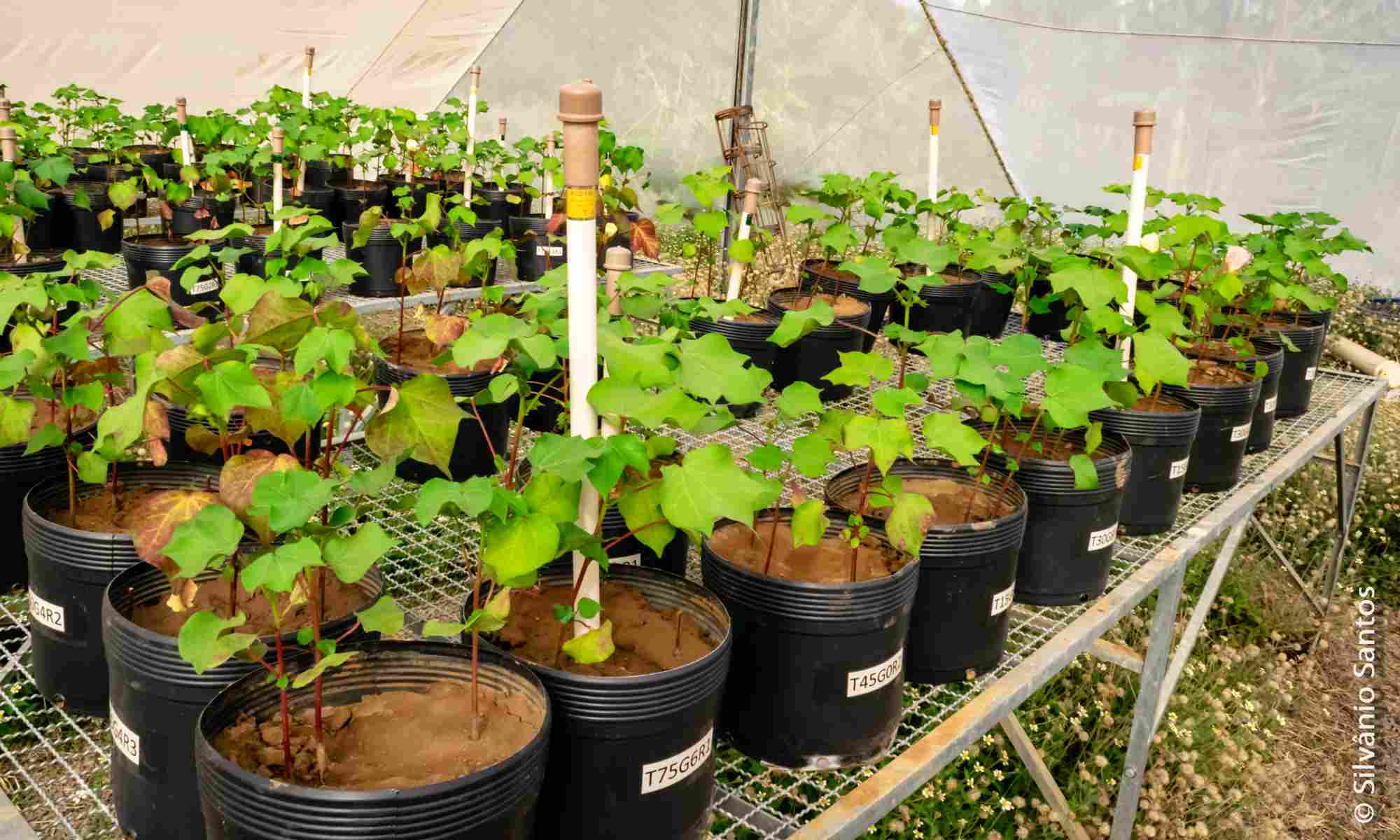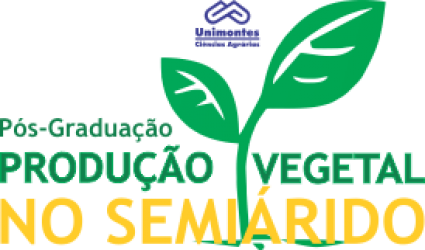- Version
- Download 1
- File Size 572.32 KB
- Create Date 14/06/2021
- Download
MARTINS, Marcela Cilmara. Acúmulo de carbono e nutrientes em resíduos culturais de abacaxizeiro fertirrigado com esgoto sanitário tratado. 2019. 28 p. Dissertação (Mestrado em Produção Vegetal no Semiárido) – Universidade Estadual de Montes Claros, Janaúba, 2019.
O uso agrícola de água residuária é considerado alternativa viável para a produção de alimentos, e pode reduzir custos de produção da abacaxicultura, por substituir parcialmente a irrigação e a demanda nutricional das plantas. Tal manejo pode aumentar a produção e estocagem de resíduos vegetais e nutrientes no solo para cultivos subsequentes. Objetivou-se avaliar o efeito da aplicação de diferentes doses do elemento referência (Na), proveniente de esgoto sanitário, após o tratamento terciário (EST) na ETE-Janaúba, sobre a estocagem de matéria seca, carbono e nutrientes em restos culturais de diferentes cultivares de abacaxizeiro. O estudo foi delineado em blocos casualizados, com quatro repetições, no esquema de parcelas subdivididas, tendo nas parcelas cinco tratamentos relativos às doses de EST e nas subparcelas três cultivares de abacaxizeiro: Pérola, Smooth Cayenne e IAC Fantástico. As doses de EST foram calculadas tomando como base o limite máximo anual de Na aportado ao solo, correspondente a 150 kg ha-1 , aplicando-se 0%; 100%; 200%; 300% e 400% deste limite. As doses de EST não interferem no acúmulo de matéria seca e teores e acúmulo de carbono orgânico, macronutrientes e sódio dos restos culturais do abacaxizeiro. A cultivar Pérola tem menor acúmulo de matéria seca e carbono em relação as cultivares IAC Fantástico e Smooth Cayenne. O acúmulo de macronutrientes nos restos culturais das cultivares IAC Fantástico, Pérola e Smooth Cayenne, exibe a seguinte ordem decrescente: N> K> Ca> Mg> S> P.
Palavras-chave: Ananas comosus var. comosus; Sódio; Água residuária tratada.
Carbon accumulation and nutrients in cultural waste of fertirigated abacaxizer with treated sanitary sewer
The agricultural use of wastewater is considered a viable alternative for food production, and can reduce production costs of pineapple, by partially replacing irrigation and nutritional demand of plants. Such management may increase the production and storage of plant residues and nutrients in the soil for subsequent crops. The objective of this study was to evaluate the effect of different doses of the reference element (Na), from sanitary sewage, after tertiary treatment (EST) in TEE-Janaúba, on the storage of dry matter, carbon and nutrients in different cultural remains cultivars of pineapple. The study was delineated in a randomized complete block design with four replications in the subdivided plots scheme, with five treatments related to the EST doses and three plots of the pineapple cultivars: Pérola, Smooth Cayenne and IAC Fantástico. The EST doses were calculated based on the annual maximum limit of Na supplied to the soil, corresponding to 150 kg ha-1, applying 0%; 100%; 200%; 300% and 400% of this limit. The doses of EST do not interfere in the accumulation of dry matter and the contents and accumulation of organic carbon, macronutrients and sodium of the cultural remains of the pineapple. The cultivar Pérola has lower accumulation of dry matter and carbon in relation to cultivars IAC Fantástico and Smooth Cayenne. The accumulation of macronutrients in the cultural remains of the cultivars IAC Fantástico, Pérola and Smooth Cayenne, shows the following decreasing order: N> K> Ca> Mg> S> P.
Keywords: Ananas comosus var. comosus. Sodium. Wastewater treated.

